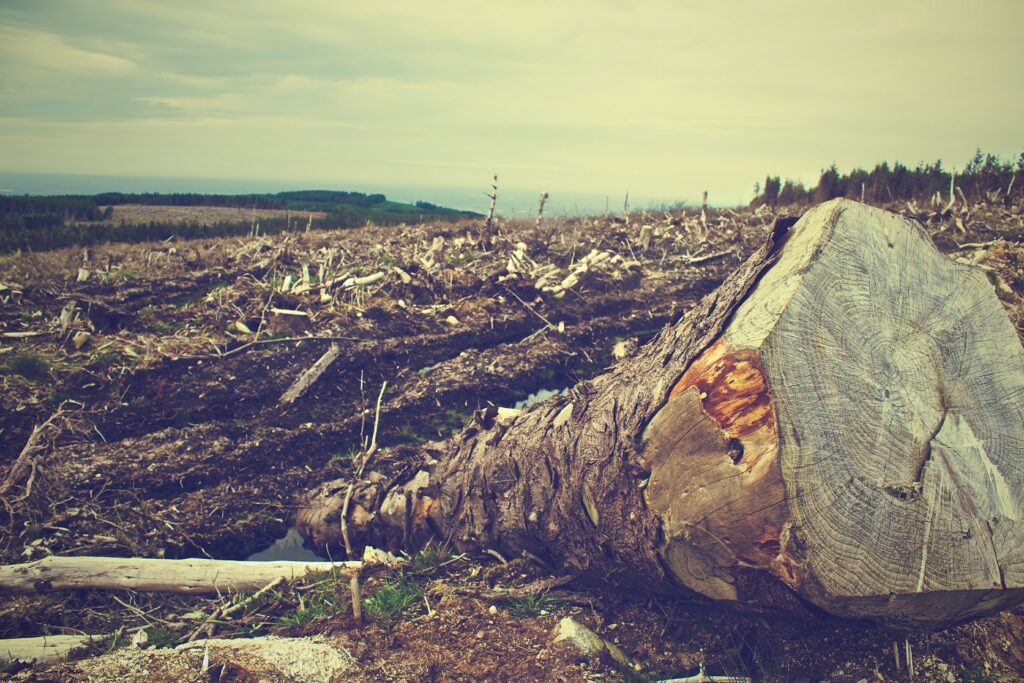The final interview is a pivotal moment to land your dream opportunity. It's…
Deforestation and Its Extreme Effect on Global Warming
*Image Source: Pixabay
What is deforestation?
The definition is in the word itself. The prefix de- means “remove”, forest is land covered with trees and the suffix-ation means the act or state of. Therefore, deforestation means the act or state of clearing the forest.
What causes deforestation?
There are many reasons people practice deforestation. It could be to give way for agriculture and livestock. It could be for acquiring additional space for housing purposes. It could also be to produce more products like coal, timber, and paper. Whatever the reason is, it only boils down to one culprit – to satisfy human needs.
Did you know?
Did you know that tropical rainforest deforestation adds more carbon dioxide in the atmosphere than cars and trucks? According to the World Carfree Network (WCN), vehicles like cars and trucks account for about 14% of the world’s global carbon emissions, while 15% of it, analysts says, are from deforestation alone.
The Food and Agriculture Organization (FAO) reported that an estimate of 53,000 square miles of tropical forests was destroyed every year during the 1980s. Based on this, they estimate that 21,000 square miles were deforested each year in South America and most of this is in the Amazon Basin. If we are going to use these estimates, the tropical forest will be as cleared annually and it would be as vast as North Carolina!
In addition, a leading green group named the Environmental Defense Fund said that 32 million acres of tropical rainforest were cut down every year between 2000 and 2009 and the numbers are increasing. According to them, if this continues, forest clearing will put another 200 billion tons of carbon into the atmosphere in the coming decades.
What are its effects on global warming?
Many things can happen if we will not prevent or reduce deforestation. First, deforestation affects the amount of oxygen in the atmosphere. Sunlight is essential for photosynthesis, a process where plants absorb sunlight to synthesize food from carbon dioxide and water. Forests help regulate the natural greenhouse effect because trees absorb carbon dioxide from the atmosphere for photosynthesis.
Forests also absorb sunlight and only about 12-15% is reflected whereas deforested areas reflect sunlight by 20%.
Also, the rainforest is very wet and humid. Deforestation will increase the risk of desertification in the cleared areas because trees cover the moist forest soils which prevent it from quickly drying out.
Trees are also responsible for continuing the water cycle by returning water vapor back into the atmosphere.
In addition, some trees are removed by fire. This will add to the amount of carbon dioxide present in the atmosphere.
In conclusion, deforestation affects climate change and global warming because fewer forests mean more carbon dioxide will enter the atmosphere. This will contribute to the increased speed and severity of global warming. The disruption caused by deforestation will lead to more extreme temperature changes that can be harmful to both humans and animals, not to mention that deforestation also ruins the natural habitat of millions of species.
What can we do?
Banning tree-cutting activities are not enough to decrease deforestation. Even if the government will approve laws that would reprimand offenders, people will still take the risk due to economic sense.
People, especially in the third world countries, will not care too much if we are going to convince them to stop logging by presenting its effects. We have to give them an alternative that will stop or decrease logging and, at the same time, helping them improve their livelihood.
United Nations’ Reducing Emissions from Deforestation and Forest Degradation or the REDD program aims to establish incentives for the people who will care and protect the forest in order to manage it sustainably while benefitting from it economically.
An example would be introducing alternative livelihood programs that would require less land (e.g. growing coffees) which will lessen the need for cutting trees.
The participating nations in the REDD program can accrue and sell carbon pollution credits once they present a proof that deforestation has lowered below the baseline.
Since its inception in 2008, the REDD program has managed over $117 million in direct financial aid and educational support into national deforestation reduction efforts in 44 developing countries across Africa, Asia, and Latin America.
Brazil, among other participating nations, has shown the significant effect of this project. Through the program, Brazil was able to slow down deforestation within its borders by 40% and if the momentum continues, the country can increase carbon reduction by 80% in 2020.
If all nations will adapt the REDD program, reduction of deforestation is possible. This is one way for us to slow down global warming. Again, the solution is in our hands. If people are educated about the effects of deforestation and are given another opportunity to earn a living, the people itself will stop logging. This is indeed a serious matter that every government should give attention to.




